This week I wanted to share information about declawing our feline friends. Too many folks think this procedure – called an onychectomy – is simply the removal of a cat’s claws. It’s so much more than that! So, I felt motivated to compose a post to educate cat lovers about what declawing actually entails for cats. I hope you find the information educational and will share it with other ailurophiles you know. Happy reading!
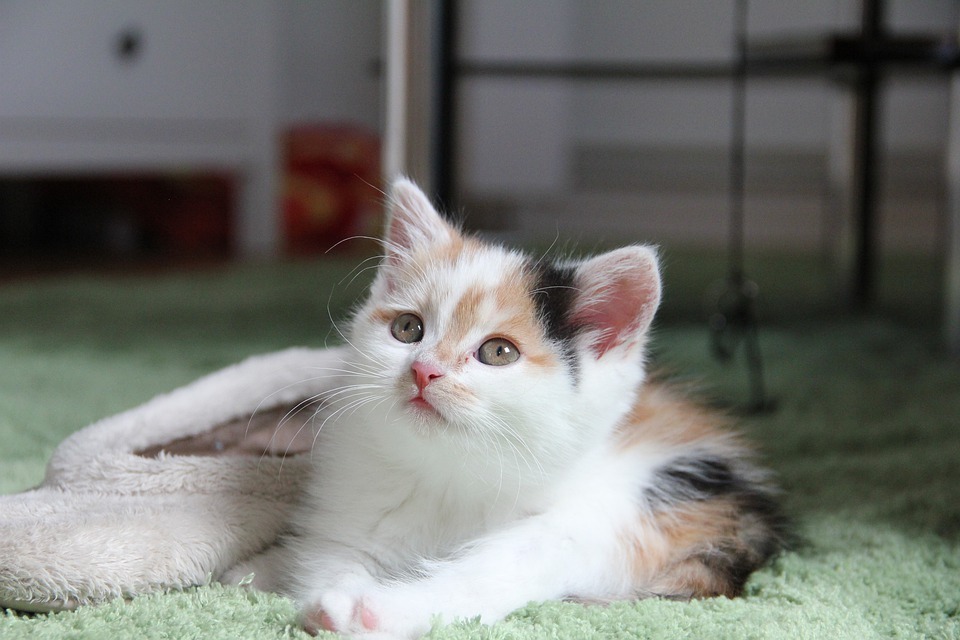
What is declawing?
To understand declawing, you need to have a basic understanding of the anatomy of a cat’s paw. Each toe has three bones or phalanges – the proximal phalanx, middle phalanx, and distal phalanx.
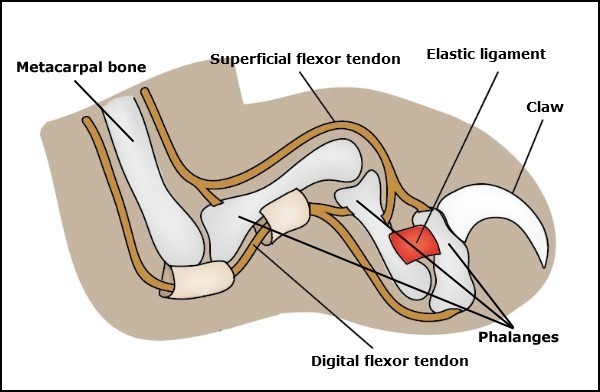
The distal phalanx is the bone associated with the claw. When a veterinarian performs an onychectomy, they remove more than just the claw. They remove the entire third phalanx. In other words, they perform a partial digit amputation. Think about what an onychectomy would look like on a human hand. It’s not just removing a fingernail. The procedure is equivalent to amputating each finger at the first knuckle.
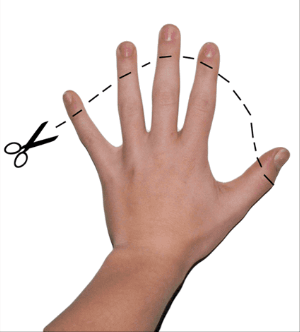
Is declawing ever medically necessary?
Although declawing is not medically necessary in most instances, there are some medically justifiable reasons for declawing cats, including:
- Phalanx fracture
- Infection resistant to antimicrobial therapy
- Cancer affecting the toe(s)
Some believe declawed cats pose less of a risk for transmission of zoonotic diseases, that is diseases transmitted from animal to human, especially to immunocompromised individuals. However, there is no evidence to support this. In fact, the US Centers for Disease Control and Prevention (CDC) does not list declawing as a means of preventing disease in healthy or immunocompromised individuals.
What are the risks?
Onychectomy is associated with several potential surgical complications, including:
- Anesthetic complications
- Bleeding
- Infection
- Chronic pain
- Nerve damage & paralysis
- Distal limb ischemia (aka compromised blood flow) due to improper bandage application
- Tissue necrosis (death)
- Claw regrowth
- Wound dehiscence
For these reasons, major veterinary organizations have published position statements on declawing:
The American Association of Feline Practitioners (AAFP) strongly opposes declawing (onychectomy) as an elective procedure. It is the obligation of veterinarians to provide cat owners with alternatives to declawing.
American Association of Feline Practitioners (AAFP)
The American Animal Hospital Association strongly opposes the declawing of domestic cats and supports veterinarians’ efforts to educate cat owners and provide them with effective alternatives.
American Animal Hospital Association (AAHA)
The AVMA strongly encourages client education prior to consideration of onychectomy (declawing). It is the obligation of the veterinarian to provide cat owners with a complete education with regard to the normal scratching behavior of cats, the procedure itself, as well as potential risks to the patient. Onychectomy is an amputation and should be regarded as a major surgery. The decision to declaw a cat should be made by the owners in consultation with their veterinarian.
American Veterinary Medical Association (AVMA)
Declawing is banned in several countries, including the United Kingdom, Europe, and Australia.
What are the alternatives?
I feel it’s important for cat lovers to remember scratching is a normal behavior. Indeed, it conditions the claws and is a means of stretching. Scratching also serves as a visual and scent mark. Obviously, inappropriate scratching – behavior that results in injury to humans/other animals and/or destruction of property – is unacceptable.

Veterinarians understand declawing is often a perceived last resort to relinquishment, outdoor housing, or euthanasia. Indeed, it’s for these reasons many veterinarians still perform declawing. Thankfully, there are many steps cat owners may take to prevent inappropriate scratching, including:
- Acclimate cats to having their nails trimmed at a young age
- Train cats to scratch in acceptable areas (i.e.: scratching post) and reward them with treats or catnip for using these areas
- Provide toys that can be batted or pounced upon
- Confine the cat when you can’t supervise them
- Use Feliway® pheromone spray
- Apply plastic nail coverings (i.e.: Soft Paws®)
- Avoid rough play
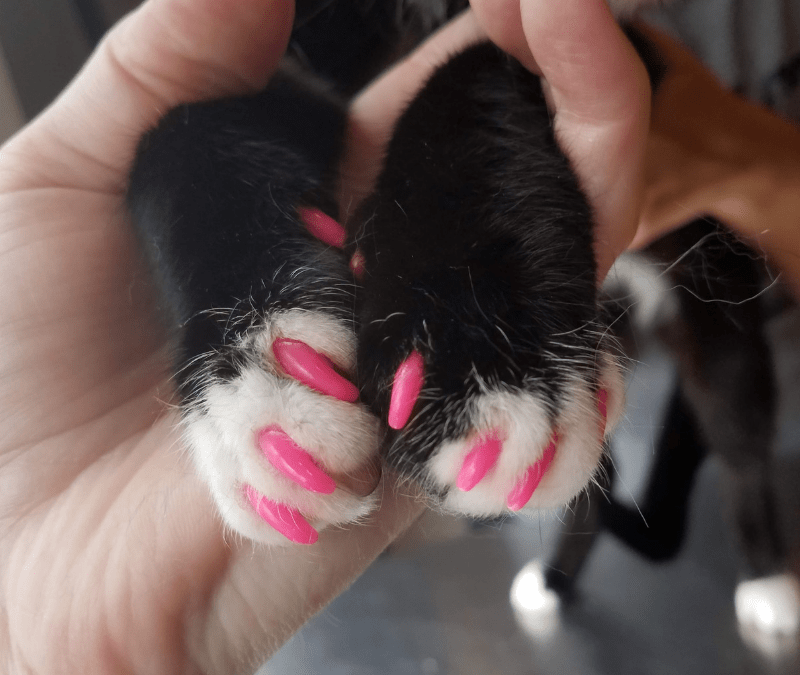
An alternative surgical procedure is a deep digital flexor tenectomy. During this procedure, a veterinarian removes a section of the deep digital flexor tendon from each toe. When performed properly, a cat can no longer protrude their claws. Claws still grow, and therefore still need to be trimmed to avoid problems associated with overgrown claws.
Employing tactics that make inappropriate scratching unpleasant may also help. Possible manipulations include:
- Covering areas you don’t want a cat scratch with less appealing material (i.e.: aluminum foil)
- Hanging tin plates from furniture arms so they create noise & breeze when a cat scratches
- Applying special tape (i.e.: Sticky Paws®)
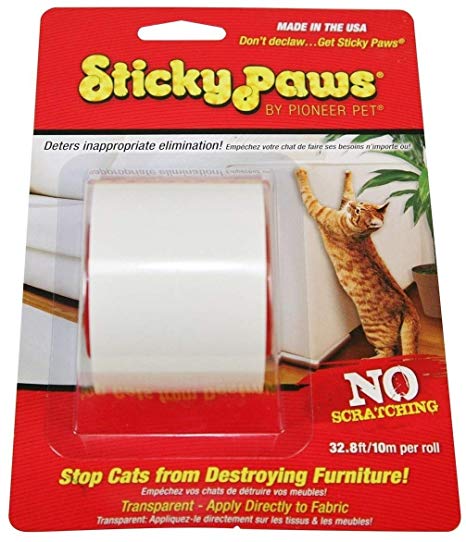
Cat lovers need to remember their feline friends must have an appropriate alternative scratching area to maximize the likelihood one of these deterrents will work.
The take-away message about declawing in cats…
Declawing or onychectomy is so much more than simply the removal of cat’s claws. The procedure is actually a partial digit amputation and is a major surgical procedure. Declawing is rarely a medically justifiable procedure, and many tactics can be employed to discourage inappropriate scratching.
Wishing you wet-nosed kisses,




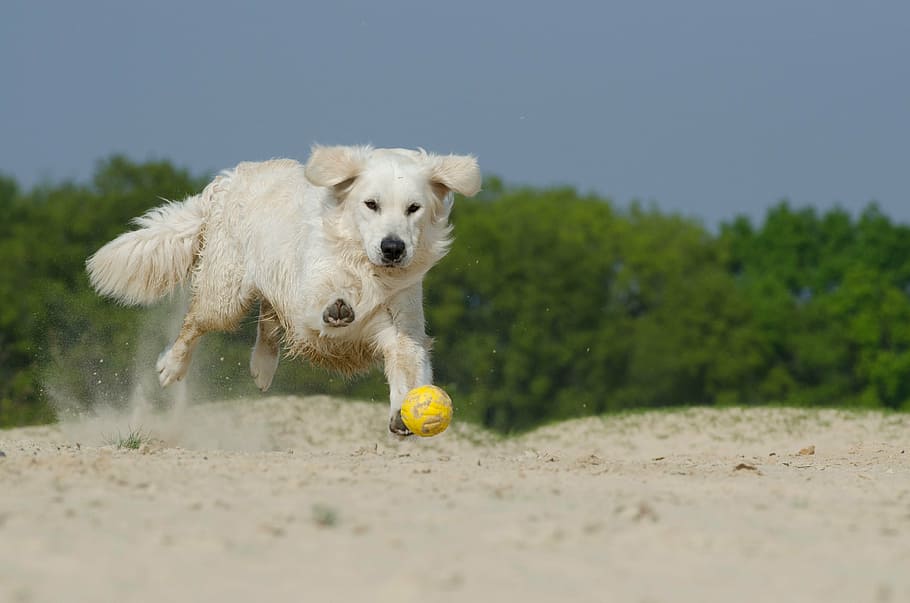
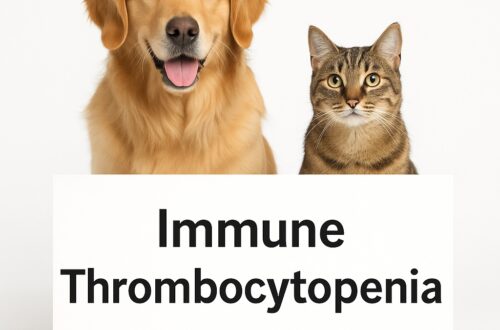


It’s very difficult to not do something for cats not to scratch on leather furniture I sure don’t want it to be ruined and eventually I want to get another kitty after the one I have is gone she is getting pretty old I always have to have an inside cat .
You’re right, Sidni. We don’t want cats inappropriately scratching, causing destruction of personal property like leather furniture. The good things are these: 1) Not every cat inappropriately scratches, 2) We have a lot ways to promote appropriate scratching, and 3) We have a lot of effective alternatives to declawing for those cats that do inappropriately scratch. Thanks for reading my post – happy holidays!